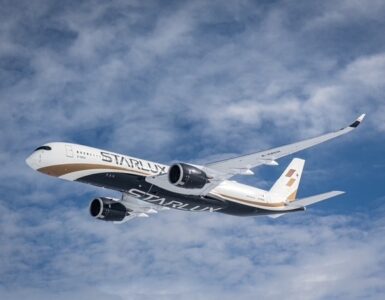More than 11 million people visited Arizona National Parks between Jan. and Aug. of 2018, according to numbers from the Arizona Office of Tourism.
The Grand Canyon National Park took the lead in visitation with more than four million visitors, Glen Canyon in a close second with roughly three million and Lake Mead in third with almost two million.
Home to 22 national parks and monuments, the state’s national parks not only generate money but support tens of thousands of jobs.
One in five visitors to Arizona visits a national park or monument, contributing millions to the region as well as billions in growth economic output, Debbie Johnson, director of the Arizona Office of Tourism, said.
“There [were] a billion good reasons to keep the [Grand Canyon] park open, regardless of gridlock at the federal level,” she added.
According to the Grand Canyon, the 6.2 million recreational visitors in 2017 spent $667 million in the communities near the park, supporting 9.423 jobs in the local areas, and creating a cumulative benefit of $938 million to the local economies.
“Grand Canyon is proud to welcome visitors from across the country and around the world,” said Chris Lehnertz, Grand Canyon National Park Superintendent. “National park tourism is a significant driver in the national economy, returning $10 for every $1 invested in the National Park Service, and it is a big factor in our local economy as well.”
With the Federal Government shutdown that lasted more than five weeks, many of the national parks had closed their gates.
However, Gov. Doug Ducey (R-AZ) pledged to keep the Grand Canyon open through Arizona’s Grand Canyon Protection Plan.
The plan kept services such as access to hiking trails, campsites, and public restrooms; shuttle bus service throughout the park; trash collection and snow removal; and public safety functions, such as police, fire and medical open.
While amenities such as the visitor centers, contact stations and NPS ranger lead programs or tours were not open, the park still brought in revenue because visitors spend the most money on lodging/camping.
“Ducey’s decision to use state funds to keep [the Grand Canyon] open while the federal government [was] closed definitely minimized the shutdown’s effect on Arizona’s economy,” Johnson said. “Visitors who [had] planned Grand Canyon trips [did] not have to cancel them. Keeping the park open also [meant] that all of the park’s concessionaires [were] able to remain open, including the lodges and restaurants.”
According to the 2017 numbers, the lodging sector received contributions of $5.5 billion in economic output to local gateway economies and 49,000 jobs. Restaurants being second with an economic contribution of $3.7 billion and 60,500 jobs.
The Grand Canyon was not the only national park that remained open. According to Johnson, Saguaro National Park’s road and trails remained open while their NPS-provided services remained closed.
However, since winter is not peak visitor season, the shutdown was not felt as hard as it could have.
“The impact of the shutdown [was not] as acutely felt by surrounding towns and businesses as it would be if it were spring or summer,” she said.
Johnson notes that if another shutdown occurs in less than three weeks, it could be an economic crisis for Arizona’s tourism industry.
















Add comment